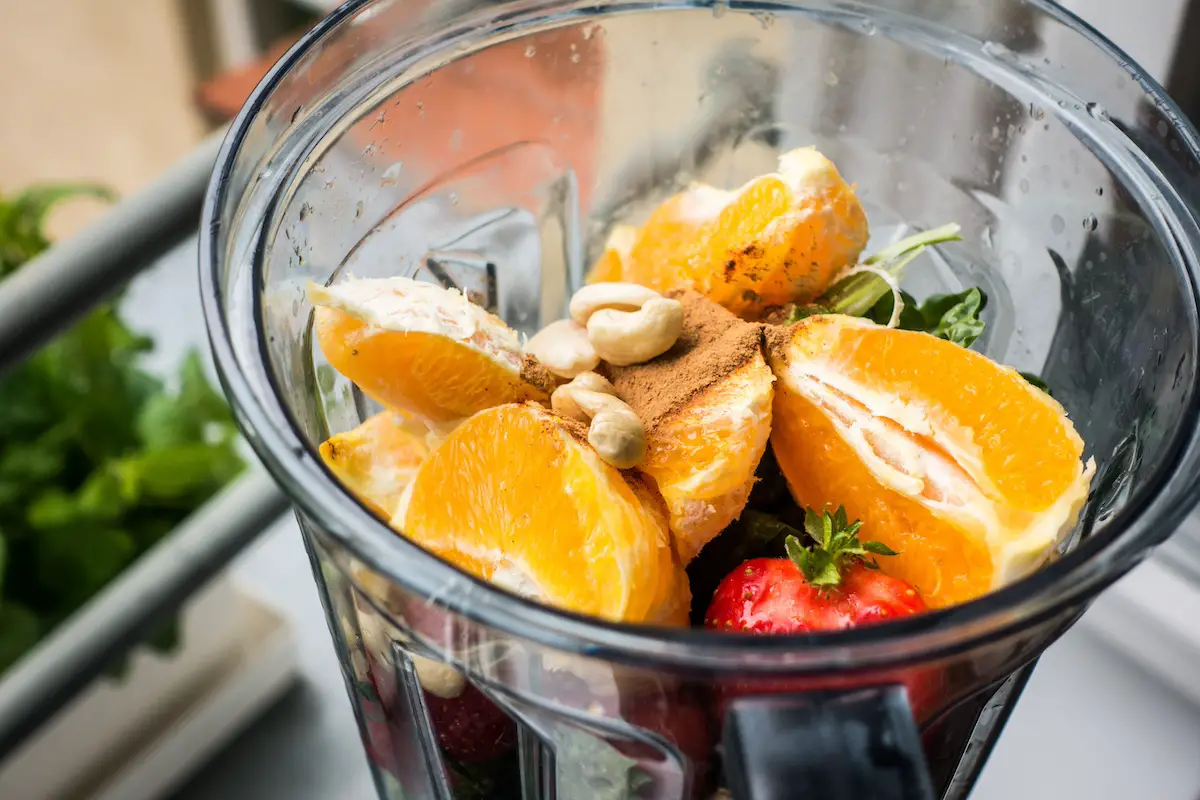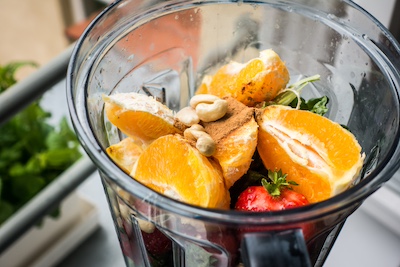Recovering from oral surgery? Fueling your body with the right nutrients in your post-oral surgery liquid diet is key to a smooth and speedy recovery. Let’s dive straight into what your body is craving post-op!
Staying Hydrated and Managing Pain
Hydration: Your body’s best friend and pain management partner! Ever wonder why everyone constantly talks about drinking more water? Well, staying hydrated is like giving your body a high-five.
It helps keep things moving, and grooving, and, surprisingly, can be a big helper when managing pain, especially when you’re on a liquid diet. Let’s dive (or sip) right into why hydration is so crucial and how it plays a role in pain management, shall we?
First off, picture your body as a well-oiled machine. Hydration is the oil that keeps the engine running smoothly. When your body has enough water, your cells are happy, your organs function like they’re supposed to, and everything just works better.
This includes your muscles and joints! Dehydrated muscles are like unhappy sponges – dry, tight, and prone to cramps. Ouch! So, if you’re dealing with pain, reaching for water can help relax those muscles and ease the discomfort.
Now, onto the juicy part – managing pain with a liquid diet. When you’re on a path to recovery, sometimes solid foods aren’t on the menu. This is where your blender becomes your best bud.
Smoothies, my friends, are not just delicious but also a brilliant way to stay hydrated and pack in those pain-fighting nutrients without stressing your system.
Here’s how to make hydration-packed smoothies that help with pain management:
- Start with a water or plant-based milk base to get those fluids in.
- Add leafy greens like spinach or kale; they’re sneakily full of water.
- Toss in some fruits. Berries, oranges, and melons aren’t just sweet treats; their high water content helps up your hydration game.
- Don’t forget a splash of Omega-3 fatty acids from chia seeds or flaxseeds, which are friends in pain reduction too.
Remember, pain management is not just about what you eat but how you treat your body. Drinking water or hydrating smoothies might seem simple, but it’s a step that lubricates your joints, soothes your muscles, and can essentially reduce discomfort.
Plus, keeping that liquid intake interesting with flavorful smoothies or infused waters means you’re likely to drink more. Win-win, right?
Planning Your Post-Oral Surgery Liquid Diet
Embarking on a liquid diet doesn’t mean you’re limited to just water and clear broths. There’s a whole world of nourishing, satisfying options to keep you fueled. Let’s dive into how you can plan a liquid diet that gives your body the nutrients it needs while also satisfying your taste buds.
Carbohydrates for Energy
Your body requires energy, even if you’re on a liquid diet. Incorporate natural, simple carbohydrates for that quick energy boost. Think fruit juices like apple or cranberry (opt for the no-sugar-added varieties), and broth-based soups with pureed vegetables. These will keep your energy levels up without weighing you down.
Fiber-Filled Choices
While fiber typically comes in more solid forms, you can still get your fiber fix on a liquid diet. Fiber is crucial for digestive health, so integrating a daily smoothie with fiber-rich fruits like berries, or vegetables like carrots and kale, can provide that necessary roughage.
Consider adding a fiber supplement to your smoothies or shakes if you’re finding it challenging to meet your fiber needs.
Dairy or Dairy Alternatives
Calcium and vitamin D are essential for bone health, and a liquid diet does not have to mean you’re missing out.
Milk, or fortified non-dairy alternatives like almond or soy milk, can be great sources of these vital nutrients. They can serve as a base for your smoothies or shakes, or be enjoyed on their own, ensuring you’re supporting your bones and teeth.
Hearty Soups and Broths
Who says soups can’t be satisfying? Pureed soups packed with vegetables, beans, and even meats, when sufficiently blended, can provide a hearty meal that’s both nourishing and fulfilling.
Lentil soup or beef and vegetable pureed to a liquid consistency can offer a comforting and enriching dining experience, providing protein, iron, and other essential nutrients.
Sweet Treats
A liquid diet doesn’t have to exclude sweets. When you’re craving something on the sweeter side, opt for a smoothie made from your favorite fruits, Greek yogurt for added protein, and a touch of honey for sweetness.
Or, for a chocolate fix, blend cocoa powder, banana, and peanut butter with your choice of milk. These sweet treats can be both a dessert and a nutrient-packed snack.
Staying Creative with Flavors
To keep meals exciting, play around with herbs, spices, and flavorings. Add cinnamon to sweet shakes, or a dash of turmeric to savory soups for an anti-inflammatory boost. Experimenting with flavors keeps your taste buds interested and can make consuming a liquid diet a more enjoyable and varied experience.
Planning a liquid diet that’s both nourishing and satisfying boils down to variety, balance, and a bit of creativity. By incorporating a mix of carbohydrates, fiber, essential vitamins and minerals, and keeping flavors interesting, you can ensure that your liquid diet is anything but bland.
Whether it’s through smooth, hearty soups or refreshing, nutrient-rich shakes, you can fuel your body effectively while also catering to your cravings. Remember, a liquid diet can still be a fulfilling one!
Beneficial Ingredients for Recovery
There are several things you can focus on to speed up your recovery time.
Protein Power
First up, protein! This powerhouse nutrient is essential for healing. After surgery, your body needs protein to repair tissues and kickstart the healing process. Lean options like chicken, fish, or plant-based proteins such as tofu or beans are superb. If chewing is a challenge, try blending them into a smoothie.
Vitamin C for Champions
Vitamin C is your best friend for wound healing. It helps in forming new blood vessels and collagen, which are vital for repairing your mouth. Where to find it? Citrus fruits are famous for their vitamin C, but they might be too acidic right after surgery.
Opt for softer, less acidic sources like sweet potatoes or bell peppers. Blending them into soups or smoothies can make them easier to consume.
The Magic of Zinc
Zinc plays a crucial role in wound healing and can help keep your immune system strong, preventing infection. Foods rich in zinc include meat, dairy, nuts, and seeds. A zinc supplement might be a good idea, but only after consulting with your doctor.
Fantastic Fats
Healthy fats are a must for reducing inflammation and promoting healing. Avocados, olive oil, and nuts are excellent sources. Since nuts could be tough to chew, opting for nut butter or incorporating oils into smoothies or soups is a great alternative.
Hydration Station
Staying hydrated is essential, especially after surgery. Water is your best bet, but coconut water can also be a good option for added electrolytes. Just be sure to steer clear of straws, as the sucking motion can hinder your healing process.
Avoid the No-Nos
Lastly, some foods are best avoided while you’re healing. Stay clear of hard, crunchy, or spicy foods irritating your surgery site. Alcohol and tobacco are also big no-nos, as they can slow down the healing process.
Incorporating these nutrients into your diet post-oral surgery can make a world of difference in your recovery.
Easy on the Vitamins E and K
While vitamins E and K are beneficial, they can prevent blood clotting post-surgery. Be mindful of your intake if you’re consuming supplements or foods high in these vitamins, like leafy greens or vegetable oils. Always best to consult with your doctor on this one.
Remember, listen to your body and give it the nourishment it needs to heal. And don’t forget, before making any dietary changes, touching base with your healthcare provider is always a wise move.
Post-Oral Surgery Liquid Diet Success
So, there you have it. Whether you’re healing, looking to manage pain, or simply want to keep your body performing at its best, don’t underestimate the power of staying hydrated during your post-oral surgery liquid diet. Your body will thank you for every glass, sip, and slurp. Keep those fluids coming and let’s make hydration a part of our pain management toolkit!











